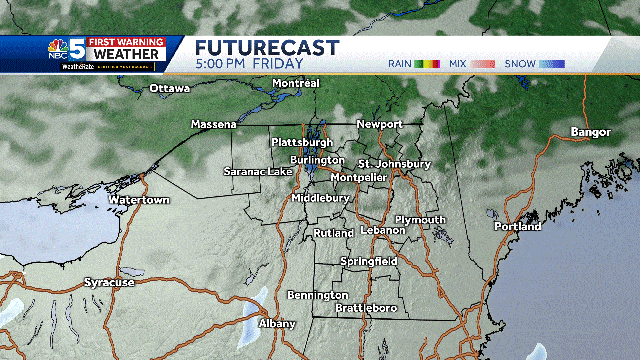Every spring, many people think of allergies. Common allergens are plants or weeds known as noxious weeds. Federal, state and local authorities legally classify weeds or noxious plants as harmful to people, wildlife and agriculture. Many noxious plants or weeds are also considered invasive, meaning they are not native to the local ecosystem or even the United States.
Humans often spread invasive species, albeit unintentionally. For example, large ships can carry aquatic organisms in ballast water and small boats can carry them on their propellers. The seeds of plants used for ornamental purposes can spread, allowing them to grow in the wild.
From spring to fall, plants release tiny pollen grains that fertilize plants of the same species. Most flowering plants that spread their pollen through insects do not cause allergies. Weeds, grasses and trees are the main sources of pollen that can cause allergies. A pollen allergy is called allergic rhinitis, more commonly known as hay fever.
Wyndly compiled a list of 10 invasive species and described their impact on seasonal allergies, citing data from the US Department of Agriculture and the Invasive Species Atlas. Plants such as ragweed, which is native to the entire continental United States, are not included.
 Xoven Agricultor
Xoven Agricultor



